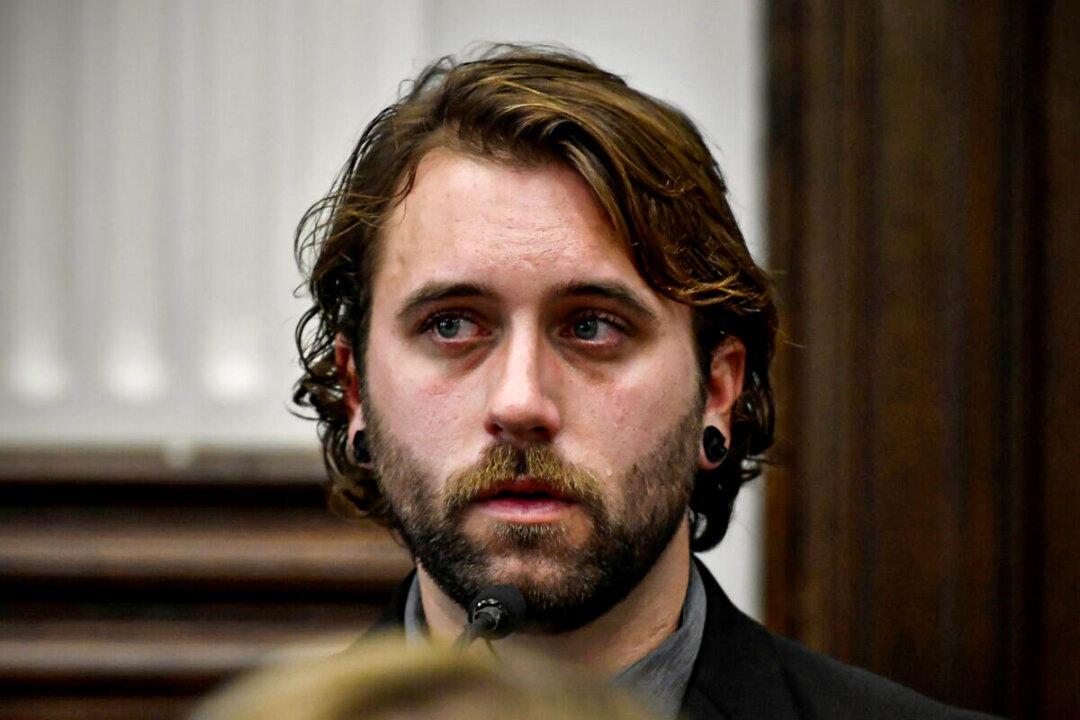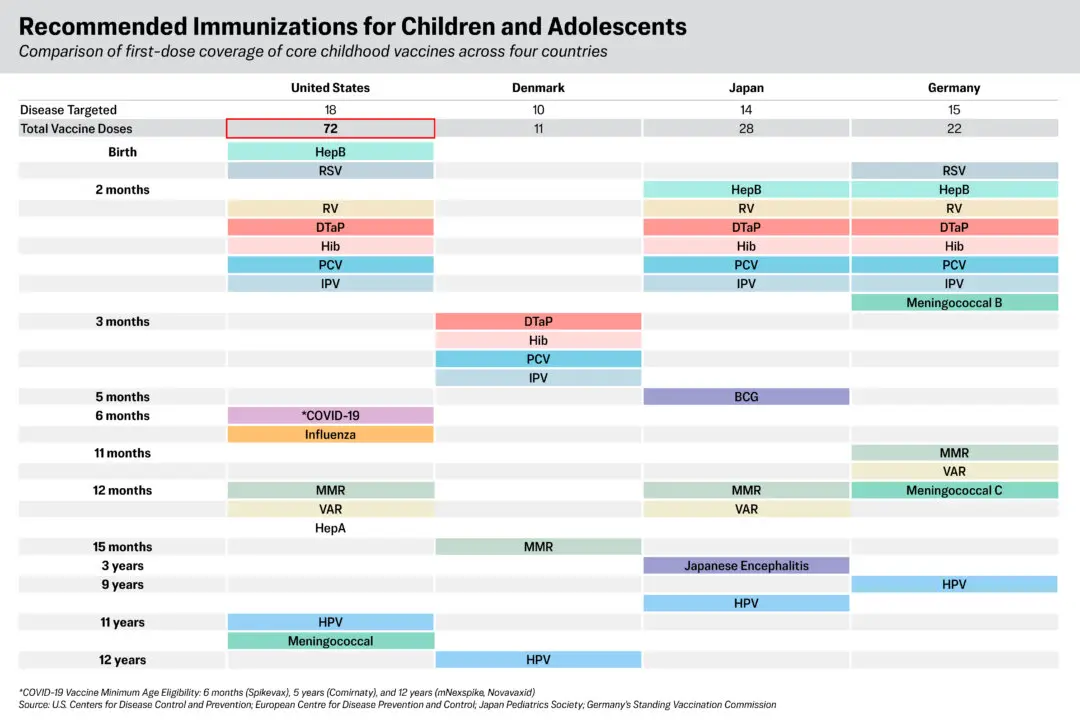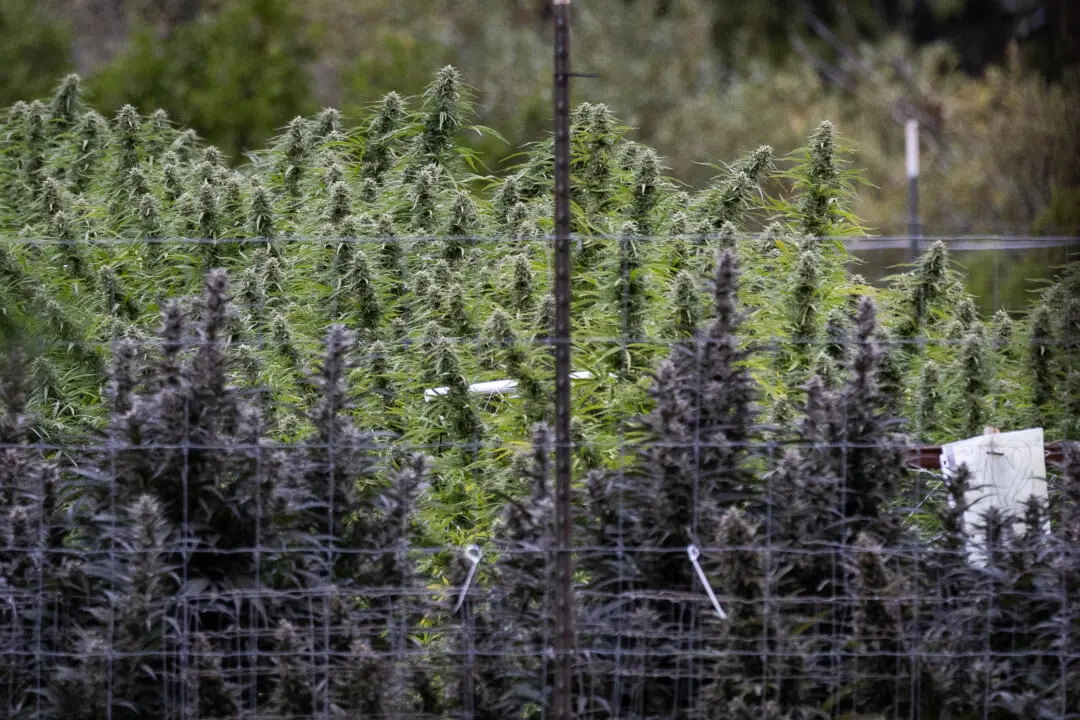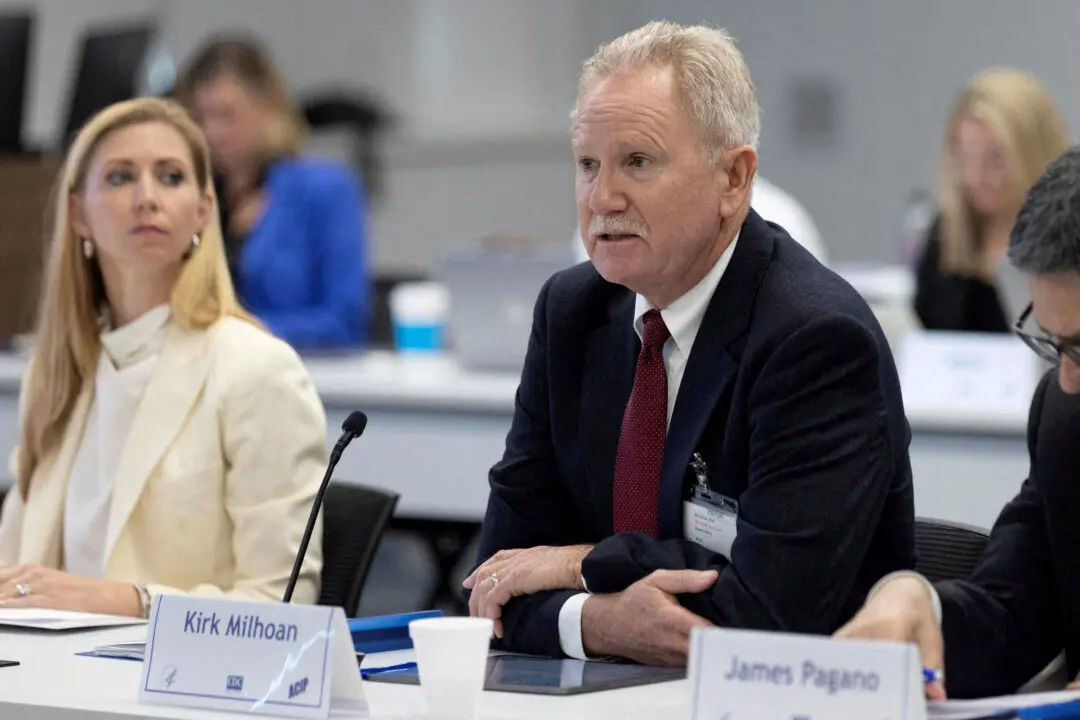The man who survived a gunshot wound by Kyle Rittenhouse in Wisconsin last year said on Nov. 4 that he was pointing his gun at the teenager when the then-17-year-old shot him.
Gaige Grosskreutz, who was one of three people shot by Rittenhouse during protests against racial injustice in Kenosha and the only survivor, was testifying during Rittenhouse’s murder trial in Kenosha, where the shootings happened on Aug. 25, 2020.





